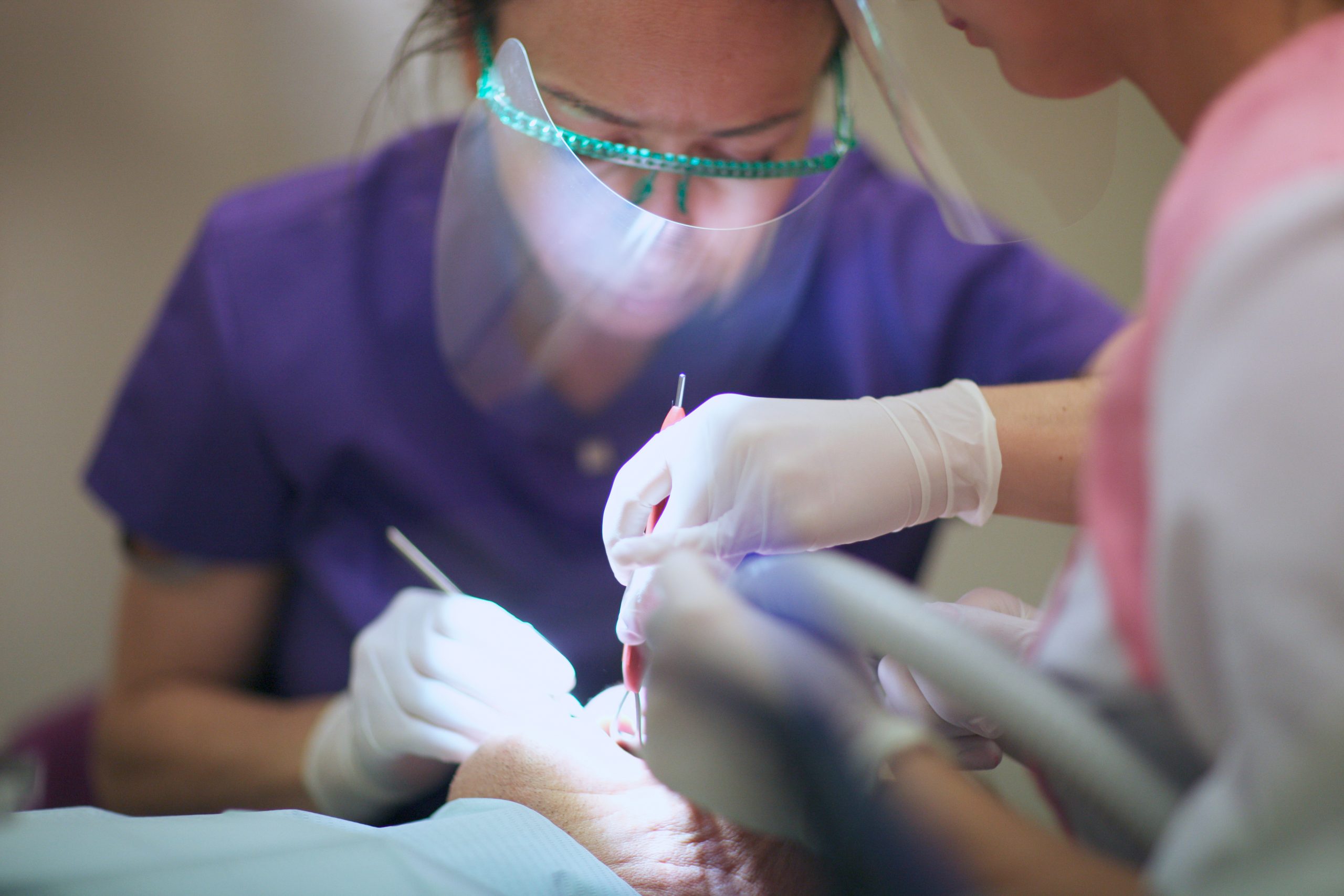
Common Restorative Dentistry Myths
Throughout the years, there have been numerous restorative dentistry myths passed from parents to children or neighbor to neighbor. But what most people fail to see with these myths is that restorative dentistry benefits your oral health in the long-term.
At Ablantis Dental, we believe it’s essential to educate our patients about common restorative dentistry myths. That way they can make an informed and educated decision about their dental restorations in Encinitas.
MYTH: If Your Tooth Doesn’t Hurt, You Don’t Need to Fix It
Unfortunately, pain is not always a good indicator of how bad a dental infection can be. Even severely decayed or abscessed teeth may be in a chronic state of infection without severe pain or discomfort. On the other hand, extremely small cavities could cause extensive sensitivity. Symptoms vary from one person to the next. To accurately diagnose an infection and how severe it is, an X-ray is usually required.
Try not to avoid restorative care even if you’re pain-free, as the infection could reach a point where the tooth is non-restorable (or spread to adjacent teeth.)
MYTH: You Can Get a Filling Instead of a Crown
Fillings go inside of teeth, whereas crowns go around them. If there is a significant area of decay or structural damage, filling the tooth will only set the remaining tooth structure up for breaking once biting pressure is applied. If a crown is recommended, it’s because the remaining tooth requires additional structural support to “make it through” everyday biting and chewing activities.
MYTH: Root Canal Procedures are Painful
Endodontic therapy treats abscessed teeth and removes the source of the pain. But oftentimes, people wait far too long to have their root canal performed, setting themselves up for chronic pain that is difficult to numb with medication.
Modern equipment and medicine make it easier to perform gentle root canals that feel no different than crown or filling appointments. Minor soreness may be noticeable where the anesthetic was injected, but over-the-counter pain reliever for a day or two is usually all that’s necessary.
MYTH: Children Don’t Need Fillings Since Their Teeth Will Fall Out Anyway
Decay in primary (baby) teeth can easily spread into adjacent teeth in their mouth. But that isn’t the only concern. When a baby tooth is extracted because of chronic pain or infection, it jeopardizes their natural eruption patterns and orofacial development. This domino effect can lead to serious orthodontic concerns, changes in bone growth, and impacted teeth.
Your child’s baby teeth serve as natural placeholders and guides for their developing smile. It’s best to keep them as long as nature intended!
MYTH: You Can Reverse Cavities in Teeth Without Seeing a Dentist
Enamel demineralization can be reversed, but cavities cannot. Demineralization is the earliest stage of decay, where the enamel loses minerals as it’s exposed to acids and bacteria. With good oral hygiene and fluoride applications, the decay process can be stopped before a cavity (hole) is created inside the tooth.
Once a cavity or void is present, there is no physical option for naturally restoring the tooth structure. At that point, a dental filling is required to prevent the decay from spreading.
MYTH: It’s Better to Have Your Tooth Pulled Than to Repair It
It’s almost always best to preserve your natural teeth. Dr. Cortadi only recommends removing teeth when they have reached the point of non-restoration or are interfering with your overall oral health (such as impacted wisdom teeth.) If therapies such as crown or root canal treatment are an option, those are usually preferred over removing the tooth and replacing it altogether.
MYTH: You Can Treat Abscessed Teeth with Antibiotics
While it may be true that antibiotics are sometimes prescribed for abscessed teeth, they only provide temporary relief. The point of the antibiotic is to reduce inflammation and infection to help manage pain. As the swelling goes down, it becomes easier to numb and treat the tooth. Without treating the source of infection (such as a dying nerve or cavity) the abscess will continue to come back once the medications have worn off.
Restorative Dental Treatments Available in Encinitas
Ablantis Dental offers numerous types of dental restorations in Encinitas, allowing you to enjoy the one(s) best for you. If you have questions about different types of restorative dentistry benefits, please don’t hesitate to reach out. We’ll be happy to answer any questions.
Contact our office today to learn more about our quality, gentle dental restorations in Encinitas.



